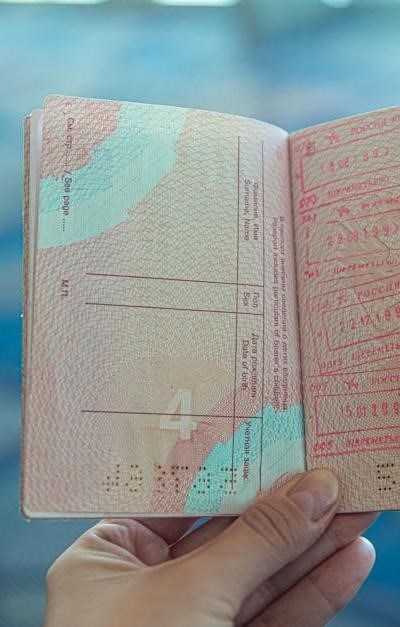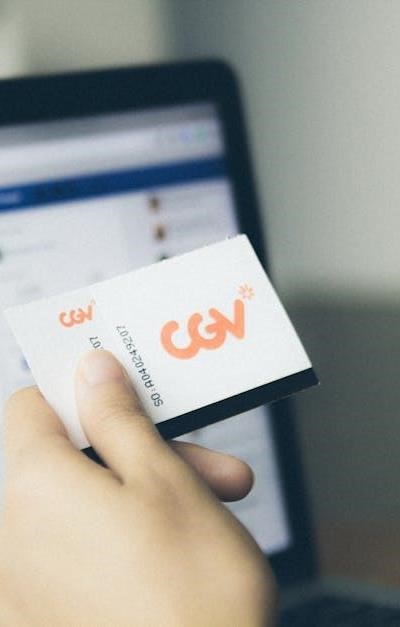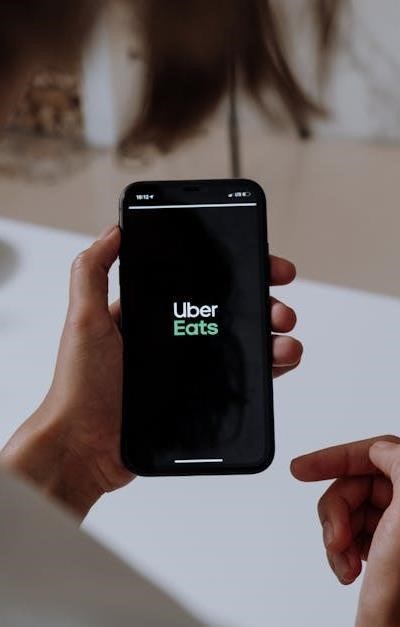
The world of online transactions is convenient, but inherently carries risk management challenges. Many consumers wonder: are credit cards without Verified by Visa (VBV) – or similar 3D Secure protocols – safe to use? The answer is complex. While VBV adds a layer of payment security, a lack of it doesn’t automatically equate to insecurity. This article explores credit card security, fraud protection measures, and how to stay safe with any credit card, VBV or not. We’ll cover everything from data breaches to carding and skimming.
Understanding the Landscape of Credit Card Fraud
Credit card fraud takes many forms. Online fraud is a major concern, fueled by carding (the illegal trading of stolen card details) and sophisticated phishing schemes. Identity theft often precedes financial fraud, allowing criminals to open accounts or make purchases in your name. Traditional methods like skimming (stealing card data from physical card readers) still pose a threat. Financial fraud losses are substantial, prompting constant innovation in credit card fraud prevention.
The Role of VBV and 3D Secure
VBV (and its Mastercard equivalent, SecureCode) is a 3D Secure protocol. It adds an extra authentication step – usually a password or one-time code – during online transactions, verifying the cardholder’s identity. While effective, VBV isn’t universally adopted. Many merchants don’t support it, and VBV alternatives exist, like Mastercard Identity Check. The absence of 3D Secure doesn’t mean a card is vulnerable, but it does shift more responsibility to the card issuer and the consumer.
Security Features Beyond VBV
Even without VBV, modern credit cards boast robust security features:
- EMV Chip Technology: The EMV chip creates a unique transaction code for each purchase, making it significantly harder to counterfeit cards.
- Tokenization & Virtual Card Numbers: Virtual card numbers replace your actual card details with a temporary number for secure online shopping. Digital wallets (like Apple Pay, Google Pay) utilize tokenization.
- Contactless Payments: While raising some security concerns, contactless payments often employ encryption and tokenization.
- Card Verification Value (CVV): The CVV provides a basic level of authentication, though it’s often compromised in data breaches.
- Fraud Monitoring: Issuers employ sophisticated algorithms to detect suspicious activity.
- Zero Liability Policies: Most issuers offer zero liability policies, protecting you from unauthorized charges. This is a crucial aspect of account protection.
- Two-Factor Authentication (2FA): Increasingly, issuers offer 2FA via SMS or app for online account access.
What You Can Do to Protect Yourself
Proactive measures are essential:
- Monitor Your Statements: Regularly review your transactions for unauthorized activity.
- Use Strong Passwords: Protect your online accounts with unique, complex passwords.
- Be Wary of Phishing: Don’t click on suspicious links or provide personal information in response to unsolicited emails.
- Shop on Secure Websites: Look for «https://» in the address bar and a padlock icon.
- Keep Software Updated: Ensure your operating system, browser, and antivirus software are up-to-date.
- Report Lost or Stolen Cards Immediately: Minimize potential damage.
- Understand Your Rights: Familiarize yourself with your issuer’s chargebacks process.
The Importance of PCI Compliance
Merchants handling card data must adhere to payment card industry (PCI compliance) standards. This helps ensure a baseline level of security. However, even PCI-compliant merchants can be targets of data breaches.
Mobile Payments & Security
Mobile payments, through digital wallets, often offer enhanced security due to tokenization and biometric authentication. However, securing your mobile device itself is crucial.




This is a really well-written and informative piece! It clearly explains the complexities of credit card security without being overly technical. I especially appreciated the breakdown of different fraud types and the explanation of how EMV chips and tokenization work. It